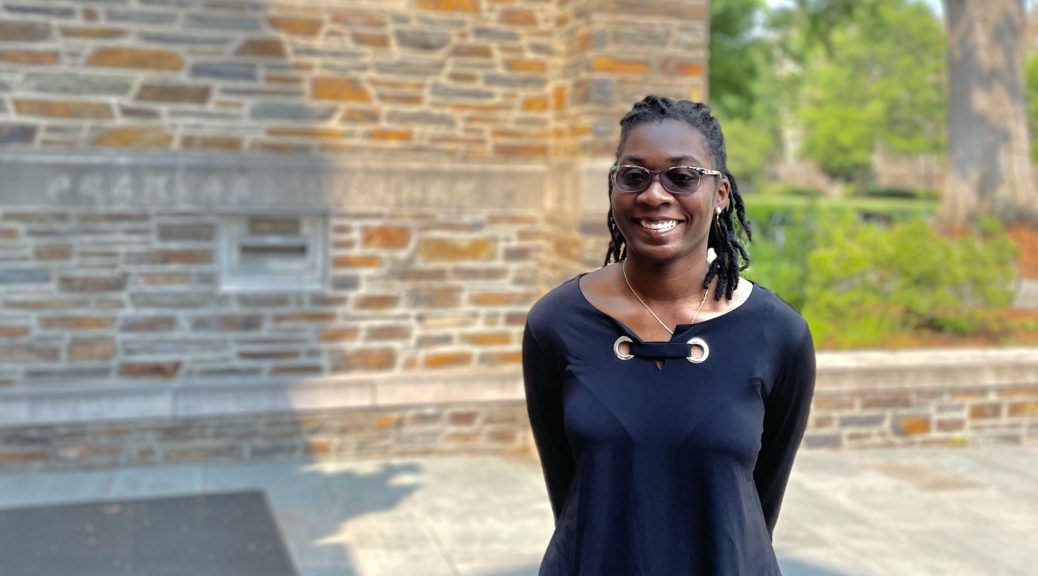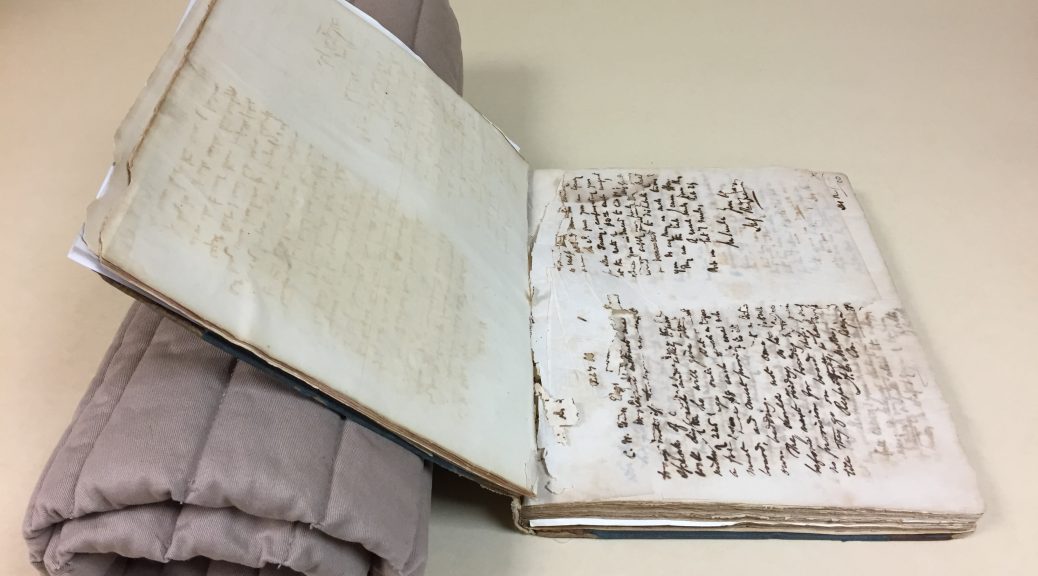 We are delighted to welcome our sixth HBCU Library Alliance intern, Angela Nettles, to Duke Libraries. Angela is a rising senior at Bennett College where she is studying Africana Women’s Studies. She is also one of eight students studying preservation this summer through the University of Delware/HBCU-LA internship program. As a part of the program, she will spend four weeks with us learning everything from binding pamphlets to conducting condition surveys.
We are delighted to welcome our sixth HBCU Library Alliance intern, Angela Nettles, to Duke Libraries. Angela is a rising senior at Bennett College where she is studying Africana Women’s Studies. She is also one of eight students studying preservation this summer through the University of Delware/HBCU-LA internship program. As a part of the program, she will spend four weeks with us learning everything from binding pamphlets to conducting condition surveys.
After two years of presenting this program online, it’s refreshing to have our intern onsite again. So far, this first week has been a busy one. In addition to her bi-weekly cohort meetings, Angela has dived right into work here at Perkins Library.
To start, she spent the first half of the week assisting the Exhibition Department to set up the “Mandy Carter, the Scientist of Activism” exhibit.


As you can imagine, there was a lot to be done. Regardless, Angela was up to the many tasks at hand. From sanding the walls to setting up exhibit cases, she eagerly took part in every step of the process.

Additionally, the second half of the week was spent introducing Angela to my work in the conservation lab. She learned about how we make treatment decisions for general collections, and has already started doing treatments herself.

So far she is a quick study and has already picked up how to do tip-ins, pockets, and pamphlet bindings.
Angela hit the ground running during the first week of her internship, and we have appreciated her enthusiasm to learn and try new things. We can’t wait to see what else she will accomplish during the rest of her time with us! You can read about the full cohort of interns on the HBCU-Library Alliance blog post. You can find posts from our past interns here.






























 This week will be your last opportunity to see our exhibit
This week will be your last opportunity to see our exhibit 